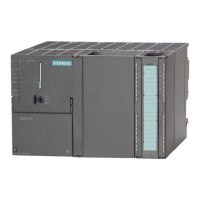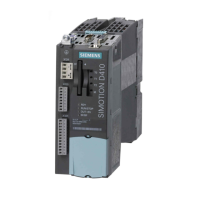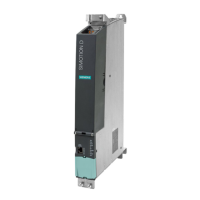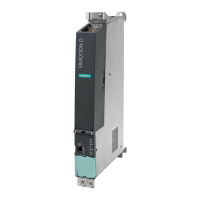Table of Contents
TO Path Interpolation
8 Function Manual, 11/2010
2.12.4 Path blending with a path-synchronous motion .......................................................................... 41
2.12.5 Output of the path distance to the positioning axis ..................................................................... 42
2.12.6 Output of Cartesian c
oordinates using the MotionOut Interface................................................. 42
2.13 Kinematic adaptation................................................................................................................... 42
2.13.1
Kinematic adaptation................................................................................................................... 42
2.13.2
Kinematic adaptation – fundamentals ....................................................................................
..... 42
2.13.2.1 Scope of the transformation functionality.................................................................................... 42
2.13.2.2
Reference points ......................................................................................................................... 43
2.13.2.3
System va
riables for path interpolation and transformation on the path object.......................... 43
2.13.2.4 Transformation of the dynamic
values........................................................................................ 45
2.13.2.5 Differentiation of link co
nstellations............................................................................................. 45
2.13.2.6 Information command
s for the kinematic transformation............................................................ 45
2.13.2.7 Axis-specific zero point offs
et in the transformation ................................................................... 46
2.13.2.8 Offset of the kinematic zero point relati
ve to the Cartesian zero point ....................................... 47
2.13.3 Supported kinematics.................................................................................................................. 48
2.13.3.1
Supported kinematics and their assignment............................................................................... 48
2.13.3.2
Configuration screens ................................................................................................
................. 49
2.13.3.3 Cartesian 2D/3D gantries
............................................................................................................ 51
2.13.3.4 Roller picker ................................................................................................................................ 52
2.13.3.5
Delta 2D picker............................................................................................................................ 54
2.13.3.6 Delta 3D picker
............................................................................................................................ 55
2.13.3.7 SCARA k
inematics
...................................................................................................................... 58
2.13.3.8 Articulated arm ki
nematics.......................................................................................................... 61
2.13.3.9 2axis articulat
ed arm kinematics................................................................................................. 64
2.13.3.10 Swivel arm k
inematics ........................................................................................................... 65
2.13.3.11 Use of virtual ax
es ................................................................................................................. 67
2.13.3.12 Specific k
inematics ................................................................................................................ 68
2.14 Motion sequence on the path objec
t........................................................................................... 69
2.14.1
Object coordinate sys
tem (OCS) on the path object .................................................................. 69
2.14.2 Motion sequence – fundamentals ............................................................................................... 70
2.14.2.1
Defining an OCS reference position ...................................................................................
........ 70
2.14.2.2 Assigning a
n OCS to a motion sequence reference value ......................................................... 71
2.14.2.3 Defining the tran
slation of the position of the coupled OCS ....................................................... 72
2.14.2.4 Synchronizing motion on the path object to the coupled
OCS ................................................... 73
2.14.2.5 Performing path motions in the coupled OCS...........................................................................
.. 75
2.14.2.6 Terminate the coupling of the kinematic end point to a c
ontrolled OCS ('desynchronize') ........ 75
2.14.2.7 Stopping in the OCS ................................................................................................................... 76
2.14.3 Motion s
equence
– sample application....................................................................................... 76
2.14.3.1 Sample application of an OCS.........................................................................................
........... 76
2.14.3.2 Defining the reference position of the OCS
................................................................................ 76
2.14.3.3 Determining the motion sequen
ce reference value of the OCS ................................................. 77
2.14.3.4 Defining the positio
n of the OCS relative to the motion sequence reference value ................... 78
2.14.3.5 Synchronizing motion on the path object to the coupled
OCS ................................................... 78
2.14.3.6 Performing path motions in the coupled OCS...........................................................................
.. 79
2.15 Interconnec
tion, interconnection rules ........................................................................................ 80
2.16
Simulation operation .....................................................................................................
.............. 81
3 Configuring the
Path Object..................................................................................................................... 83
3.1
Selecting the path interpolation tec
hnology package ................................................................. 83
3.2
Creating axes with path inte
rpolation.......................................................................................... 84
3.3
Creating a path object................................................................................................................. 84
3.4
Representation in the project navigator
...................................................................................... 86

